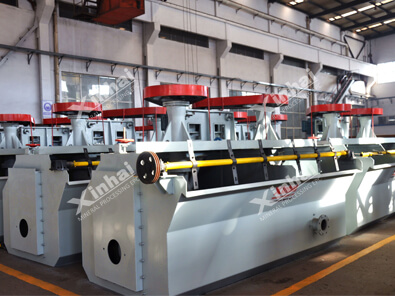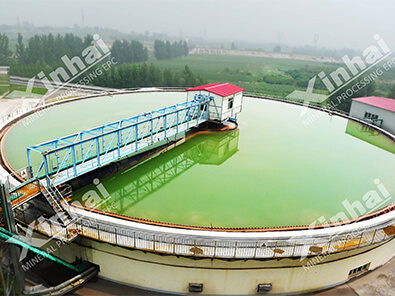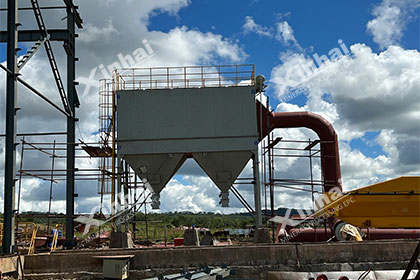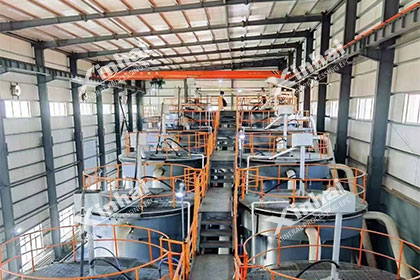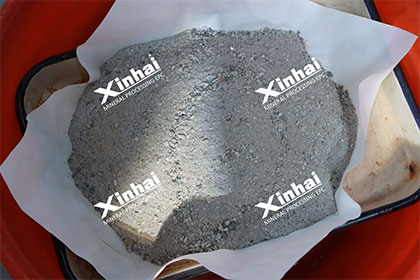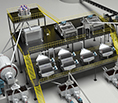Complete Quartz Ore Flotation Process Flow
 zeki
zeki
 Sep 30, 2025
Sep 30, 2025
 355
355
If you want to know more details about equipment, solutions, etc, please click the button below for free consultation, or leave your requirements!

Quartz-ore-flotation-process
The quartz ore flotation process is a core technology in modern mineral processing for obtaining high-purity quartz sand (quartz concentrate). The benefits it brings are multifaceted, evident not only in enhancing product value but also concerning resource utilization and environmental protection.
01What is Flotation
BackFlotation, fully named froth flotation, primarily refers to foam flotation. It is a process for separating minerals based on the differences in the physical and chemical properties of mineral particle surfaces, achieving mineral separation from the pulp through the buoyancy provided by air bubbles.
Before flotation, the ore must be crushed to the particle size required for flotation, so that the valuable minerals are essentially liberated for separation, and flotation reagents are added.
Hydrophobic Minerals
Minerals that are not easily wetted by water are called hydrophobic minerals (e.g., graphite, molybdenite).
Hydrophilic Minerals
Minerals that are easily wetted by water are called hydrophilic minerals (e.g., quartz, calcite).
During flotation, air is introduced into the pulp to generate a large number of bubbles. Hydrophobic mineral particles attach to these bubbles and rise with them to the surface of the pulp, forming a mineralized froth layer. In contrast, hydrophilic mineral particles do not attach to the bubbles and remain in the pulp. The mineralized froth is then removed, thereby achieving the goal of separation.
02Quartz Ore Flotation Steps
BackStep 1: Pre-treatment Stage
(1) Crushing and Grinding
(2) Scrubbing and Desliming
Step 2: Flotation Separation Stage
(1) Mica Flotation
(2) Iron-bearing Mineral Flotation (e.g., hematite, limonite, ilmenite, etc.)
(3) Feldspar Flotation (This is key to obtaining high-purity quartz)
Step 3: Post-treatment Stage
(1) Dewatering and Drying
Thickening, Filtration, Drying
(2) Tailings Treatment
03Benefits of Quartz Ore Flotation
Back(1) Effectively removes various impurities, significantly improving product purity.
(2) Greatly enhances product value and economic returns.
(3) Enables comprehensive resource recovery and utilization.
(4) Mature process with high separation efficiency.
(5) Relatively good environmental benefits.
04Equipment Used in the Flotation Process
BackStep 1: Crushing and Grinding Equipment
(1) Crushing Equipment:
· Jaw Crusher
· Cone Crusher
· Impact Crusher
(2) Grinding Equipment:
· Ball Mill
· Rod Mill
Step 2: Classification and Desliming Equipment
(1) Hydrocyclone
(2) Spiral Classifier
Step 3: Core Flotation Separation Equipment
(1) Flotation Machine
(2) Agitation Tank
Step 4: Dewatering and Drying Equipment
(1) Thickener
(2) Filter
(3) Dryer
Auxiliary Systems
· Reagent Feeder
· Pumps
· Automated Control System
05Conclusion
Back
The flotation of quartz ore is a complex, customized physicochemical process. Its core steps and reagent scheme are adjusted based on the mineral composition of the run-of-mine ore and the quality requirements for the final product. Particularly, the separation of feldspar and quartz is a technical difficulty and a critical step. Modern flotation processes are continuously developing towards fluorine-free, acid-free, high-efficiency, and environmentally friendly directions. Therefore, flotation technology is currently and will remain an irreplaceable key link in achieving the high-value and refined utilization of quartz resources.
 +86 183 3575 8886
+86 183 3575 8886 pinklaurabao@gmail.com
pinklaurabao@gmail.com



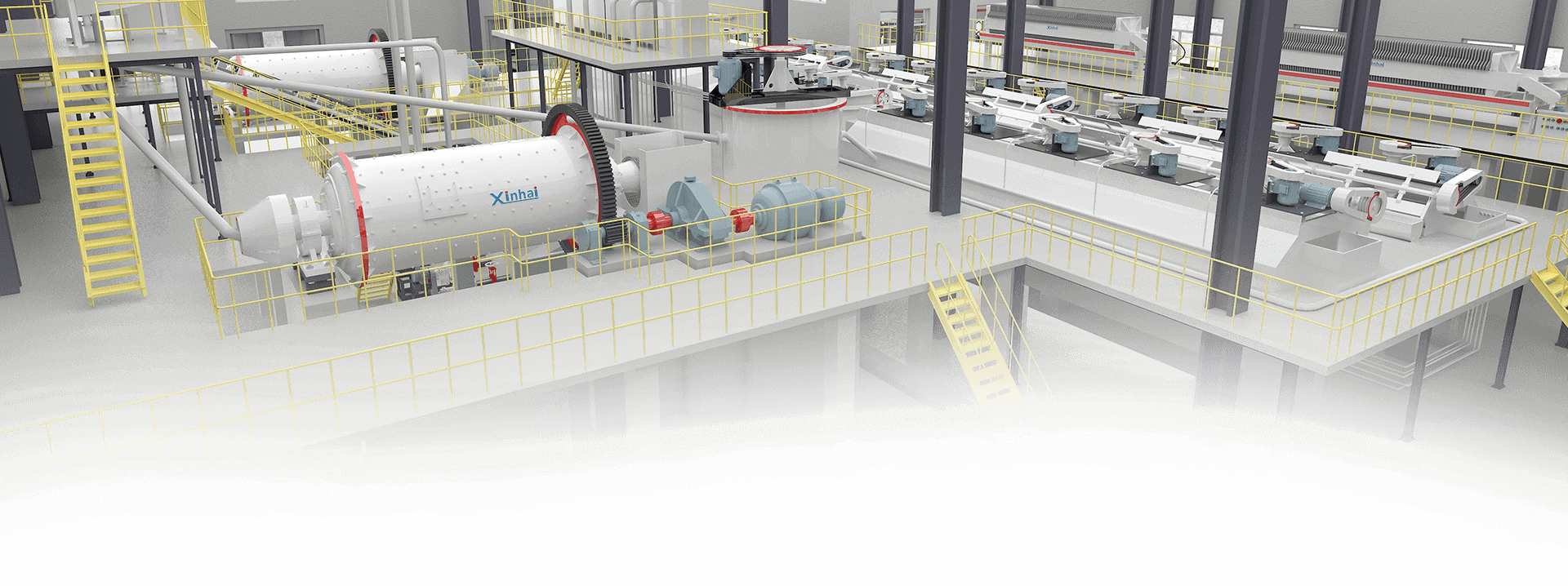
 Message
Message Chat Now
Chat Now


